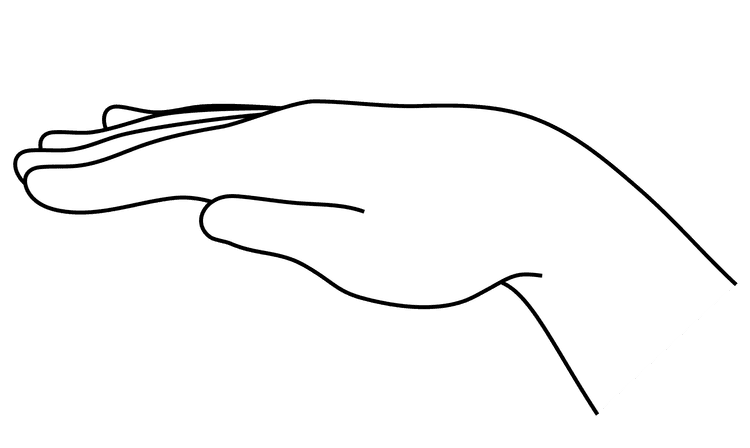Myths about teaching can hold you back
- Year 5
Reading and playing minor melodies
I can read and play minor melodies on tuned percussion.
- Year 5
Reading and playing minor melodies
I can read and play minor melodies on tuned percussion.
These resources will be removed by end of Summer Term 2025.
Switch to our new teaching resources now - designed by teachers and leading subject experts, and tested in classrooms.
These resources were created for remote use during the pandemic and are not designed for classroom teaching.
Lesson details
Key learning points
- Stave notation can tell us the rhythm and pitch of a melody, which we can use to help us perform it accurately.
- We can work out the rhythms and pitches using takadimi and solfège note names.
- We can add to the texture of our music by using a drone as an accompaniment.
Keywords
Stave - lines on which musical notes can be placed
Texture - the combination of different layers of sounds
Accompaniment - musical ideas that support the main melody
Drone - a constant, pitched sound that continues throughout a piece of music
Common misconception
We can play a melody quickly when we are learning it.
It's always better to start slow, then speed up when confidence is built.
To help you plan your year 5 music lesson on: Reading and playing minor melodies, download all teaching resources for free and adapt to suit your pupils' needs...
To help you plan your year 5 music lesson on: Reading and playing minor melodies, download all teaching resources for free and adapt to suit your pupils' needs.
The starter quiz will activate and check your pupils' prior knowledge, with versions available both with and without answers in PDF format.
We use learning cycles to break down learning into key concepts or ideas linked to the learning outcome. Each learning cycle features explanations with checks for understanding and practice tasks with feedback. All of this is found in our slide decks, ready for you to download and edit. The practice tasks are also available as printable worksheets and some lessons have additional materials with extra material you might need for teaching the lesson.
The assessment exit quiz will test your pupils' understanding of the key learning points.
Our video is a tool for planning, showing how other teachers might teach the lesson, offering helpful tips, modelled explanations and inspiration for your own delivery in the classroom. Plus, you can set it as homework or revision for pupils and keep their learning on track by sharing an online pupil version of this lesson.
Explore more key stage 2 music lessons from the Compose and Create: composing a minor melody on a stave unit, dive into the full primary music curriculum, or learn more about lesson planning.

Equipment
Class set of pitched percussion instruments.
Licence
Prior knowledge starter quiz
4 Questions
Q1.What solfège note name does this hand symbol represent?

Q2.When learning a piece of music it's best to...
Q3.In music, a drone is...
Q4.This melody is...

Assessment exit quiz
4 Questions
Q1.Which two notes are shown in this melody?

Q2.What is the last note of this melody?




